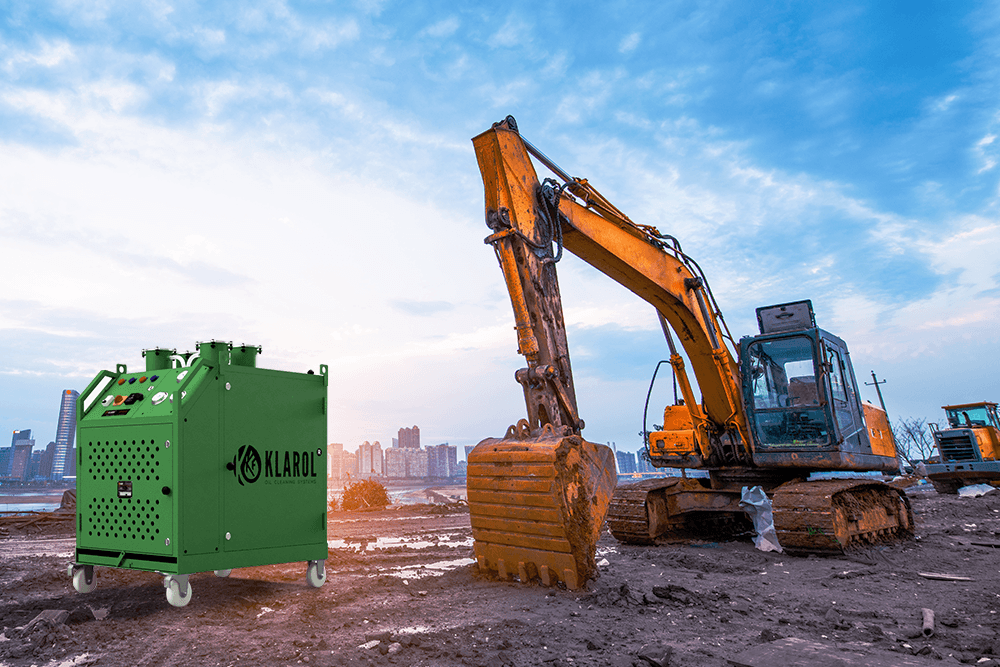Services
Overview
M/s. Progalaxy Services Pvt. Ltd. is one of the leading NABL accredited lab for Non-Destructive Testing (NDT) in central India. Our firm offer quality testing in the field of power, petrochemicals, steel, coal,mining, manufacturing, automotive, transportation and construction industries.

MISSION
To prove that our company is capable to provide high quality services in the field of non-destructive and collaboration Services testing. Our mission is to promote the value of learning and use all of our resources for NDT techniques.

VISION
It is our aspiration to be the first preferred choice of the industry when it comes to non-destructive testing provider nationwide or even worldwide.
OUR SERVICES
Our management provides high quality services of Non Destructive Test and Calibration.
-
1. Ultrasonic Testing (UT)
-
2. Magnetic Particle Testing (MPT)
-
3. Liquid/ Dye Penetrant Testing (LPT/DPT)
-
4. Ultrasonic Thickness Testing (UTH)
-
5. Visual Testing (VT)
-
6. Vibration Testing
-
7. Rebound Hammer Testing
-
8. Stability Testing
-
9. Non-Destructive Testing (NDT)
-
10. Noise Level Measurements
-
11. Hydraulic Testing of Receivers
-
12. Emission Testing
-
13. Load Test
-
14. Stability of HEMM (Heavy Earth Moving Machinery)
-
15. Calibration of Mechanical and Electro-Technical Equipment
-
16. Valuations
TESTING & CERTIFICATION
We carry out the Testing, Inspection & Certification Services for the following equipment :-
Lifte & Hoists as per Section 28 of Factories Act, 1948.
-
◆ Lifting Tools & Tackles (EOT Cranes, Mobile Cranes, Hydra, Forklifts, Wire Rope Slings, D-Shackles, Lifting Beams, Chain Pulley Blocks and Hydraulic Jacks etc.) as per Section 29 of Factories Act 1948.
-
♦ External, Internal & Hydro Tests of Unfired Pressure Vessels as per Section 31 of Factories Act 1948.
-
♦ Structural Stability of Buildings & Structures as per Rule 3A as per factory Act 1948
SERVICES PROVIDED
Stability Testing
We conduct stability testing to ensure that structures and equipment can safely withstand various forces and conditions. This involves evaluating the strength and durability of materials and constructions to prevent failures and accidents. Our team uses advanced tools and techniques to assess and verify stability, providing peace of mind that your assets are secure and reliable.


Non-Destructive Testing (NDT)
Our non-destructive testing services help identify flaws and defects in materials without causing any damage. This method is crucial for maintaining the integrity of components and structures. We utilize various NDT techniques such as ultrasonic, radiographic, and magnetic particle testing to ensure that your materials are safe and meet industry standards.
Vibration Analysis
We perform vibration analysis to detect and diagnose issues in machinery and equipment. By monitoring vibrations, we can identify imbalances, misalignments, and other mechanical problems before they lead to failures. Our experts use specialized equipment to analyze vibration patterns, helping to extend the life of your machinery and reduce maintenance costs.


Noise Level Measurements
To ensure a safe and comfortable environment, we measure noise levels in various settings. Our noise level measurements help identify areas where sound may exceed acceptable limits, which can affect health and productivity. We provide detailed reports and recommendations to help you manage and control noise effectively.
Emission Testing
We conduct emission tests to measure the pollutants released by industrial processes and equipment. Our goal is to help you comply with environmental regulations and reduce your impact on the environment. We use precise instruments to analyze emissions and provide actionable insights for improving air quality.


Hydraulic Testing of Receivers
Our hydraulic testing services ensure that pressure vessels and receivers can safely handle the pressures they are designed for. We perform rigorous tests to check for leaks, strength, and overall integrity. This testing is vital for preventing accidents and ensuring the safe operation of hydraulic systems.
Load Testing
We offer load testing services to verify that equipment and structures can support the expected loads. This involves applying controlled loads to test the strength and performance under real-world conditions. Our load testing ensures that your assets are safe and capable of handling the demands placed on them.


Stability of HEMM (Heavy Earth Moving Machinery)
Ensuring the stability of heavy earth moving machinery is crucial for safe and efficient operation. We assess the stability of HEMM to prevent tipping and accidents, especially in challenging terrains. Our experts analyze the design and operation to provide recommendations for improving stability and safety.
Calibration of Mechanical and Electro-Technical Equipment
Accurate calibration of mechanical and electro-technical equipment is essential for reliable measurements and performance. We offer calibration services to ensure that your instruments and devices meet industry standards and provide accurate readings. Our calibration services help maintain the precision and efficiency of your operations.


Valuations under the Factory Act 1948
We provide valuation services in accordance with the Factory Act 1948. This includes assessing the value of machinery, equipment, and other assets for compliance and regulatory purposes. Our valuations help you understand the true worth of your assets and ensure that you meet legal requirements.
Ultrasonic Testing (UT)


Magnetic Particle Testing (MPT)
Liquid/ Dye Penetrant Testing (LPT/DPT)
Dye penetrant inspection (DP), also called liquid penetrate inspection (LPI) or penetrant testing (PT), is a widely applied and low-cost inspection method used to check surface-breaking defects in all non-porous materials (metals, plastics, or ceramics). The penetrant may be applied to all non-ferrous materials and ferrous materials, although for ferrous components magnetic-particle inspection is often used instead for its subsurface detection capability.


Ultrasonic Thickness Testing (UTH)
Visual Testing (VT)


Vibration Testing
Rebound Hammer Testing

